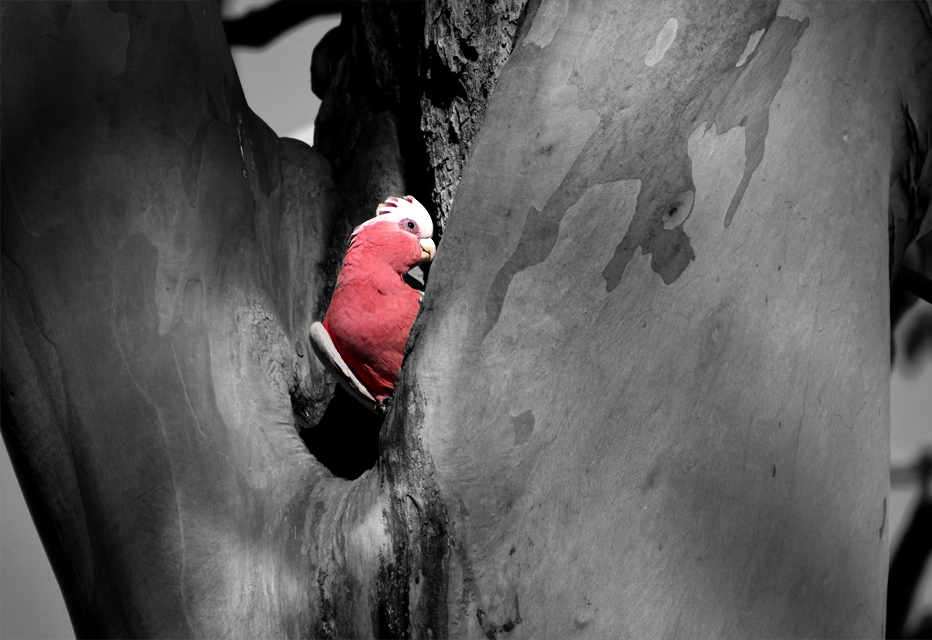There’s a viral story in the last day or so about cockatoos raiding people’s bins in Australia. The cockatoos learned to open people’s bins; people put bricks on the lids; the cockatoos learned to push them off; people did other things; the cockatoos can’t open the bins anymore.
There is quite a lot of coverage of this and I find it a bit mystifying. Just a few of the dozen or so stories about this are footnoted here, [1][2][3] (and this doesn’t include the tweets, etc.) I’m very happy the authors of the study the coverage is based on are getting the attention – funding is always hard to come by and the interest in their work certainly can’t hurt. In addition, the study itself is solid and has some interesting quantification of behavior and communication.[4]
But does this story really qualify for all this attention, let alone the hyperbolic language? (The NY Times coverage begins, “Forget the space race. In Sydney, Australia, the innovation arms race is real.”
I understand these are “human interest” pieces and they’re tongue-in-cheek and god knows we certainly need some light-hearted news these days, but isn’t this just the most basic example of social education? Is it really so surprising that one bird sees another bird open a bin and copies it? (Especially when the birds are parrots – almost tied with the corvids for intelligence). Is it really so surprising that one neighbor sees another put a brick on their bin and tries it themselves? Without this most basic kind of information exchange would any vertebrate species ever survive? Even some invertebrate species use this kind of social learning.
I also understand that the researchers doing the study are contributing to the field. It’s the coverage of the study that baffles me – and even then not just the coverage, but the amount of coverage.
I wrote about this a few weeks ago, but this strikes me as yet another example of the rush to generate volume of content inhibiting our ability to produce quality content. I’m not saying the NY Times shouldn’t have covered the story; cockatoos stealing people’s trash is cute and we all know people love squirrels completing obstacle courses to steal food. But maybe they (let alone Science News!) could have taken just one breath and then used the story as a springboard to dive more deeply into the implications of the power of social learning it demonstrated.
For example, maybe this would have been a good springboard to talk about how the power of social learning causes Tik Tok (and social media in general) to be so dangerous for our children. Or a place to review how deeply parental behavior in the home is mirrored by children when they grow up. Or maybe just wax philosophical about how most vertebrates (especially humans) are designed to function more intelligently as a society than as individuals.
After all, if the NY Times or Science News don’t have these kinds of expectations for placing demands on their readers, then how can we lament the lack of depth or nuance in so many other media outlets?
Resources:
[1] https://www.nytimes.com/2022/09/12/science/cockatoos-humans-garbage-bins.html
[2] https://www.newscientist.com/article/2336803-sydney-residents-in-cultural-evolution-war-with-bin-raiding-cockatoos/
[3] https://thehill.com/policy/equilibrium-sustainability/3639439-equilibrium-sustainability-bird-vs-human-arms-race-heats-up/
[4] https://www.cell.com/current-biology/fulltext/S0960-9822(22)01285-4
